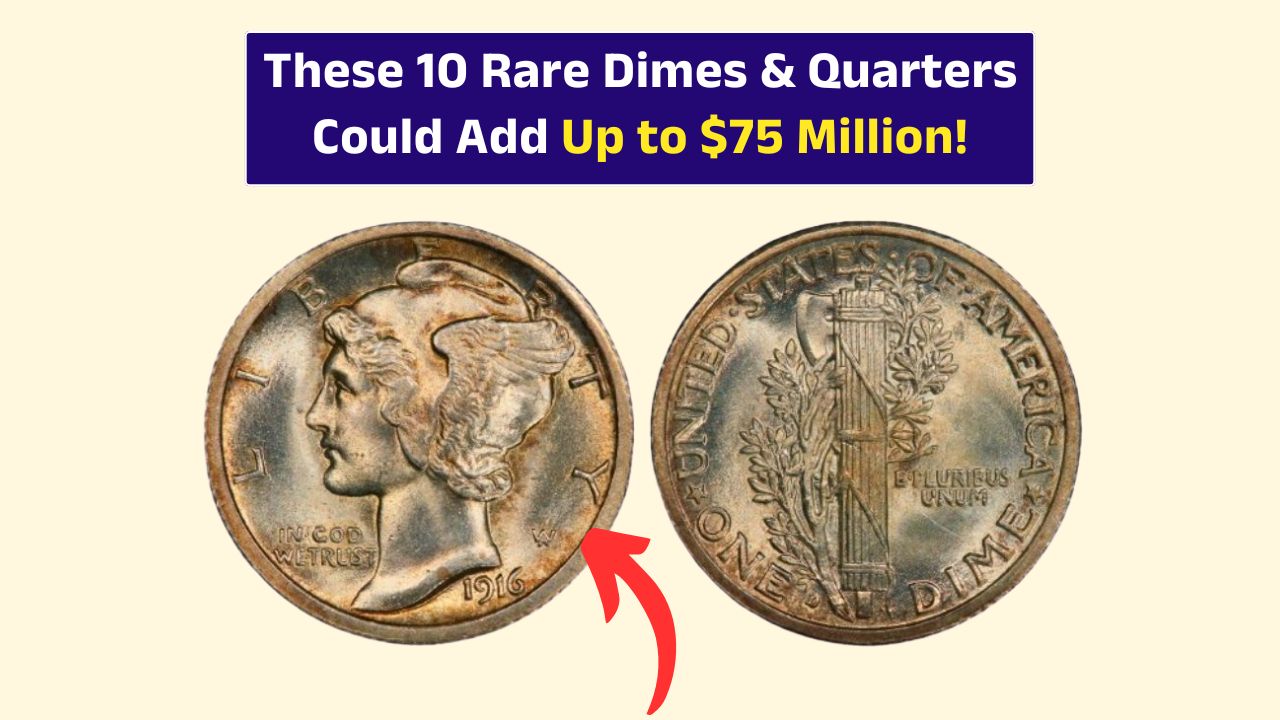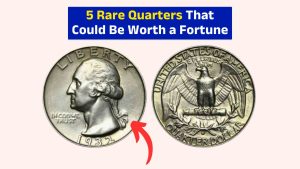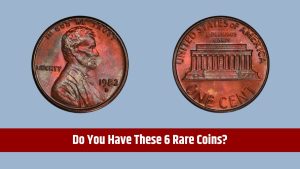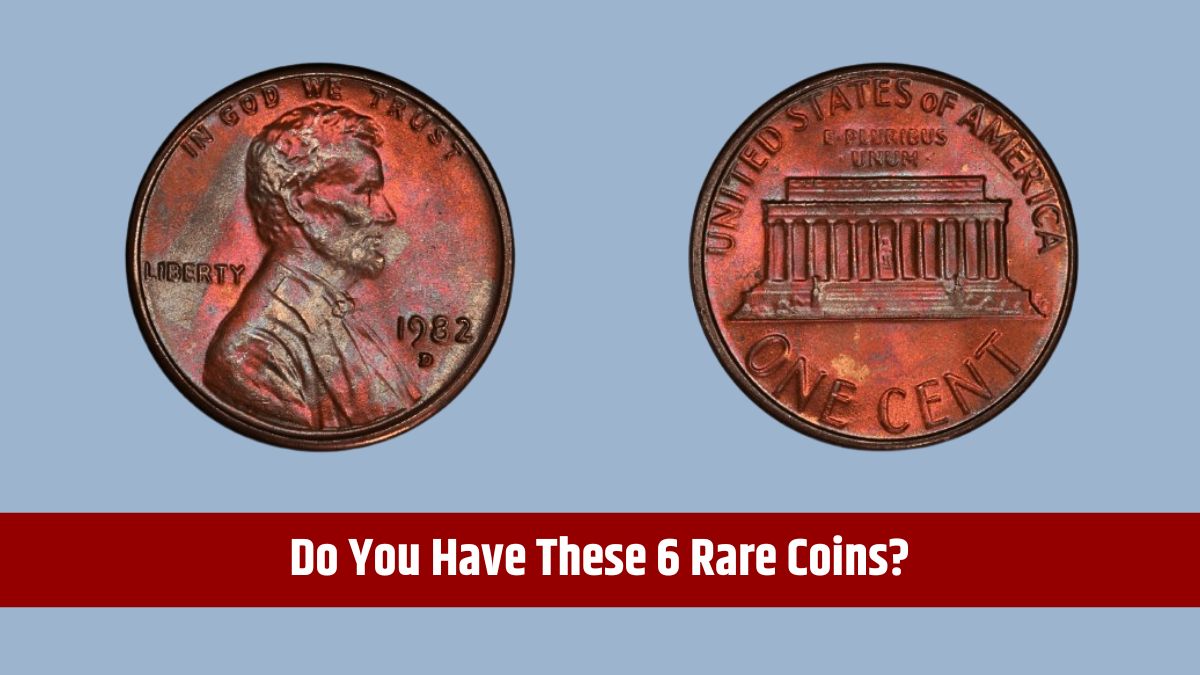If you’re like most Americans, you’ve probably got a jar of coins somewhere in the house. Maybe it’s on your dresser, tucked in the glove compartment, or buried in the kitchen junk drawer. We all toss change into those places without thinking twice. But here’s the wild part — that dusty old coin jar might be holding a fortune.
Seriously. Some ordinary-looking dimes and quarters are worth thousands, even millions of dollars. You don’t need to be a coin collector to strike gold. Sometimes it just takes a bit of luck, a keen eye, and knowing what to look for.
Legendary
Let’s kick things off with a true legend. The 1894-S Barber Dime is often called the holy grail of dimes. Only 24 were minted, and fewer than 10 are known to exist today. One story even claims a Mint official gave one to his daughter who unknowingly spent it on ice cream.
Today, collectors would pay over $2 million for a decent one. If you ever stumble upon this dime, consider yourself lucky.
First-Year
The 1916-D Mercury Dime is another coin that’s caused a stir in the collecting world. It was the first year of the Mercury design and the Denver Mint only produced 264,000 of them. That’s a tiny number compared to most coins.
In pristine shape, this dime can sell for over $100,000. Even if it’s not perfect, it’s still a solid win. So, if you find a Mercury dime with a tiny “D” under the date, don’t spend it.
Error
Now for a minting mistake that turned into a collector’s dream. The 1942/1 Mercury Dime was created when the Mint accidentally used a 1941 die to strike 1942 coins. Look closely and you’ll see a faint “1” hiding under the “2.”
That little slip-up made this coin worth $10,000 to $30,000 depending on the condition. Not bad for a coin that once cost just ten cents.
Proofs
If you’ve got old proof sets sitting around, pay attention. The 1975 No-S Proof Roosevelt Dime is one of the rarest modern coins. It was supposed to have an “S” mint mark for San Francisco but someone forgot to stamp it. Only two known examples exist. One sold for $456,000.
A similar mistake happened with the 1968 No-S Proof Dime. It’s more common, but still rare enough to sell for $10,000 to $20,000. These modern errors prove that even recent coins can be valuable.
Bicentennial
Everyone’s seen the 1976 Bicentennial Quarter with the drummer boy on the back. Most of them are worth exactly what it says — 25 cents. But some versions are anything but ordinary.
The 1976-S Silver Proof Quarter contains 40% silver and was only sold in special sets. In excellent condition, these can go for $100 to $300. It’s not retirement money, but it’s a fun find.
Now here’s where things get strange. A few 1976 Bicentennial Quarters were struck on dime planchets, meaning the quarter design ended up on a dime-sized blank. These mint errors are smaller and lighter than usual, and they’ve sold for $3,000 to $10,000.
Doubled
If you have sharp eyes, look for a 1976-D Doubled Die Obverse Quarter. The date and some lettering appear doubled, and that little detail can make the coin worth $500 to $2,000. It’s another reminder that imperfections are sometimes priceless.
Secret
Last up is the unicorn of the coin world — the 1976 Aluminum Bicentennial Quarter. It was part of a secret test run using cheaper metals, and it was never released to the public. But if one ever did surface and could legally be owned, experts believe it could fetch over $2 million.
Why It Matters
So why should you care about all this? Because these coins are more than just old money. They’re part of American history, full of stories and mysteries. Plus, it’s incredibly easy to get started. You don’t need fancy equipment or special knowledge — just curiosity and maybe a magnifying glass.
Whether you’re helping your grandparents clean out the attic or sorting change with your kids, you could be holding onto something that’s been hiding in plain sight for decades. And who knows? That ten-cent coin might just turn into your next big payday.
FAQs
How can I spot a valuable dime?
Look for mint errors, low mintage dates, or missing marks.
What is a ‘No-S’ dime?
A proof coin missing its San Francisco mint mark.
Are Bicentennial quarters worth anything?
Most are not, but silver and error versions can be valuable.
How do I check the coin condition?
Use a magnifying glass and compare it with online grading guides.
Where can I sell rare coins?
Try auction houses, coin dealers, or online marketplaces.









